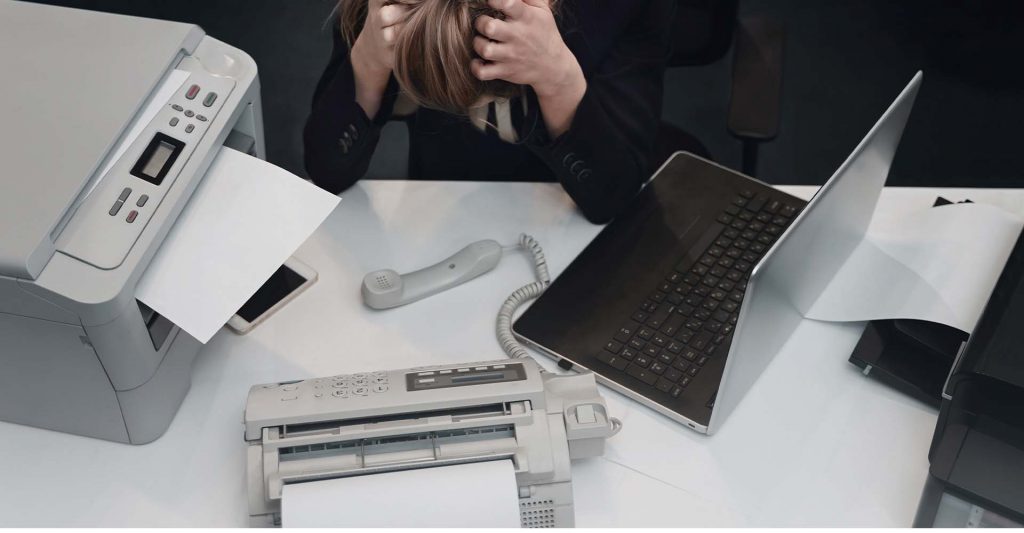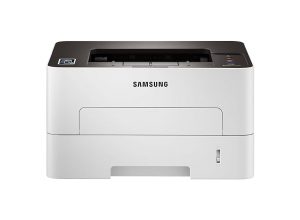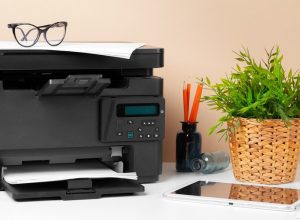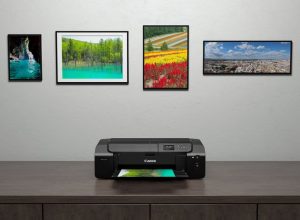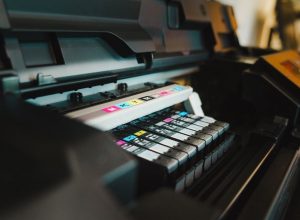Top tips for solving the most complex printer problems
Printers are essential devices in many environments, from offices to schools and homes. Unfortunately, even the best printers can sometimes run into complex problems. Here are some practical tips for solving some of these common and complicated problems.
Understanding printing problems
Before embarking on troubleshooting, it’s important to understand the types of printing problems you may encounter. These can include hardware-related problems, such as a failure of the printer itself, or software problems, such as communication errors between the computer and the printer. Here are some common problems:
- Slow or blocked printing
- Blank pages coming out of the printer
- Incorrect colors or blurred printouts
- Printer connection or installation errors
Troubleshooting steps
To solve these problems, you can follow a series of methodical steps:
Check physical connections
Start by checking all physical connections. Make sure the power cord is plugged in correctly and that the printer is switched on. Also check the USB cable or network connection if you’re using a wireless printer. Sometimes, a simple disconnect and reconnect can solve communication problems.
Check ink and paper levels
Check your cartridge’s ink levels. An empty or nearly empty cartridge can result in blank pages or poor-quality prints. Also, make sure there’s enough paper in the feeder tray and that it’s loaded correctly.
Update printer drivers
Outdated printer drivers can cause compatibility problems. Visit the manufacturer’s website to download and install the latest version of your printer driver. On Windows, you can also use the Device Manager to search for updates automatically.
Perform diagnostics
Most modern printers are equipped with built-in diagnostic tools. Access your printer’s menu to find diagnostic options that can help you identify and solve problems. For example, HP printers have a function called “Troubleshooting Tool”. This type of tool can often suggest solutions tailored to your specific problem.
Print quality problems
Print quality problems can result from a variety of factors. Here are some tips for improving print quality:
Cleaning print heads
If your prints are blurred or streaky, the print heads may be clogged. You can run a cleaning function from the printer control panel or via the printer software on your computer. This may sometimes require several cycles to restore optimum print quality.
Use the right type of paper
Using the right paper for your printer is crucial to achieving quality results. Make sure you use paper that is compatible with your printer type (inkjet or laser). Poor-quality paper can absorb ink unevenly, resulting in poor-quality prints.
Conclusion
Solving printer problems can be a challenge, but by following a structured method and being aware of the symptoms of various problems, you can often find a solution on your own. Don’t forget that regular maintenance of your printer can also prevent many problems. Keep your equipment up to date and use quality consumables to ensure optimum performance.
